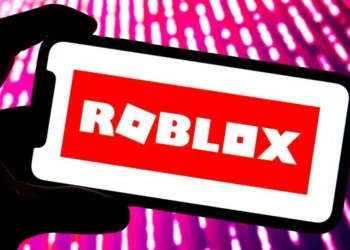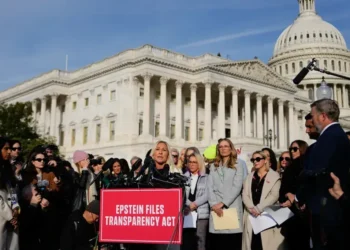The Internet is Flooded with Fake Reviews: Here’s How to Spot Them
The rise of generative artificial intelligence (AI) has revolutionized the creation of fake reviews, enabling fraudsters to produce detailed and convincing content effortlessly. This evolution has placed consumers, businesses, and regulators in uncharted territory. Here’s a breakdown of the issue, its impact, and how to navigate this deceptive landscape.
The Growing Problem of Fake Reviews
Fake reviews have long plagued platforms like Amazon and Yelp, often traded through private social media groups or initiated by businesses offering incentives like gift cards. However, with tools like OpenAI’s ChatGPT, scammers now produce fake reviews faster and in greater volumes.
- Industries Affected: E-commerce, lodging, restaurants, and services like home repairs, medical care, and piano lessons.
- Seasonal Spike: The holiday shopping season sees a surge in fake reviews as consumers rely on them for gift purchases.
The Impact of AI-Generated Reviews
A report by The Transparency Company highlights the alarming scale:
- Analysis of 73 million reviews in home, legal, and medical services found nearly 14% were likely fake, with 2.3 million reviews AI-generated.
- Fraudsters exploit generative AI to craft convincing narratives that deceive consumers and boost business profiles.
Platforms Under Siege
AI-generated reviews are surfacing in unexpected areas:
- Mobile Apps: Fraudulent reviews lure users into downloading malicious apps.
- Prominent Sites: Platforms like Amazon and Yelp are not immune. For example, elite badges on Yelp—intended to build trust—are being exploited by scammers for credibility.
While AI-written reviews can enhance genuine user feedback, distinguishing between authentic and fraudulent content remains a significant challenge.
Efforts to Combat Fake Reviews
Actions by Companies
Tech giants are stepping up to address the issue:
- Amazon and Trustpilot: Allow AI-assisted reviews if they reflect genuine experiences.
- Yelp: Adopts stricter guidelines, requiring users to write their own copy.
The Coalition for Trusted Reviews (members include Amazon, Trustpilot, Tripadvisor, and Booking.com) aims to:
- Share best practices.
- Develop advanced AI detection tools to maintain the integrity of online reviews.
Regulatory Measures
The Federal Trade Commission (FTC) introduced a rule in October banning fake reviews and enabling fines for violators. Recent actions include:
- A lawsuit against Rytr, an AI content generator accused of enabling fraudulent reviews.
- Holding individuals and businesses accountable while tech platforms remain shielded under U.S. law.
How to Spot Fake AI-Generated Reviews
Consumers can protect themselves by watching for these warning signs:
- Overly Enthusiastic or Negative Language: Exaggerated tones or repetitive praise can be suspicious.
- Jargon and Specificity: Repeated use of product names or model numbers may indicate manipulation.
- Generic Descriptions: Reviews filled with empty adjectives like “amazing” or “life-changing.”
- Length and Structure: AI-generated reviews are often longer, well-organized, and include clichéd phrases like “the first thing that struck me.”
Research Findings: A Yale study revealed that most people can’t distinguish between AI and human-written reviews. Short texts, common in reviews, are especially challenging for AI detectors.
Are Companies Doing Enough?
Despite their efforts, some experts argue tech companies need to ramp up their initiatives.
- Watchdog Critique: Kay Dean of Fake Review Watch notes that even a single investigator can uncover thousands of fake reviews daily.
- Consumer Vigilance: Staying alert and learning to identify patterns of abuse are key to navigating this deceptive landscape.
Moving Forward
While generative AI presents challenges, it also offers tools to fight review fraud. Collaborative efforts between tech companies, regulators, and consumers are essential to maintain trust in online platforms. As AI continues to evolve, so must the measures to protect the integrity of the digital marketplace.
This article was rewritten by JournosNews.com based on verified reporting from trusted sources. The content has been independently reviewed, fact-checked, and edited for accuracy, neutrality, tone, and global readability in accordance with Google News and AdSense standards.
All opinions, quotes, or statements from contributors, experts, or sourced organizations do not necessarily reflect the views of JournosNews.com. JournosNews.com maintains full editorial independence from any external funders, sponsors, or organizations.
Stay informed with JournosNews.com — your trusted source for verified global reporting and in-depth analysis. Follow us on Google News, BlueSky, and X for real-time updates.













